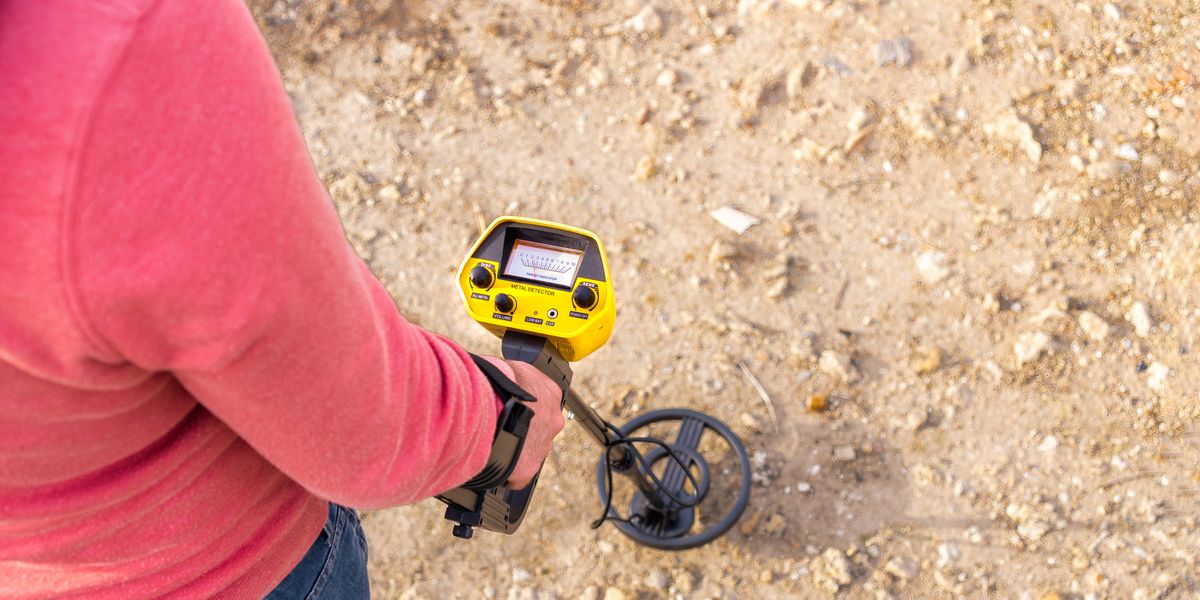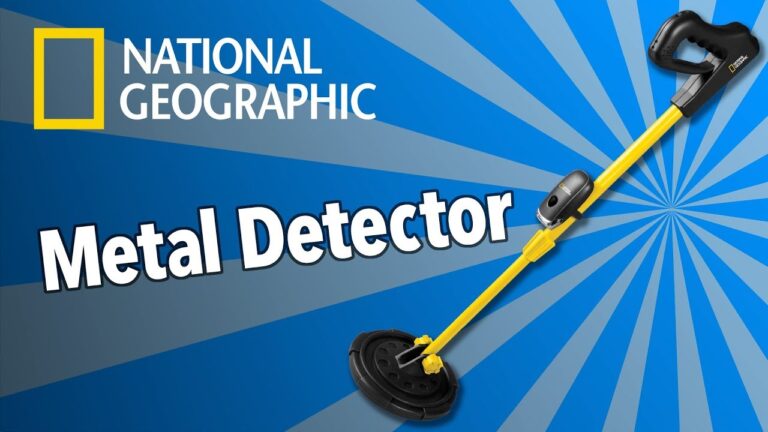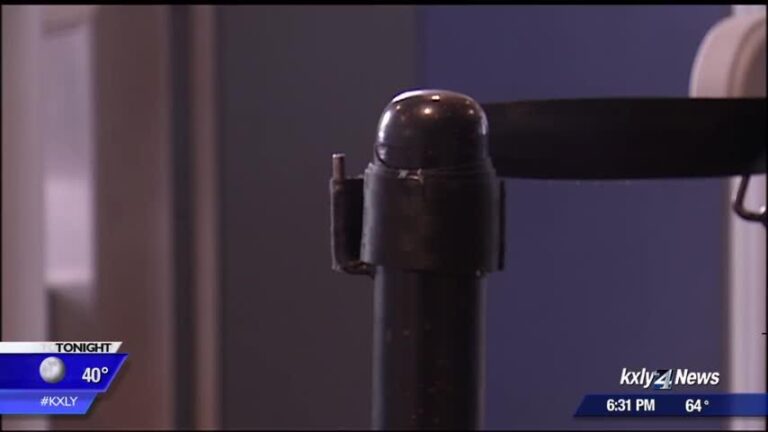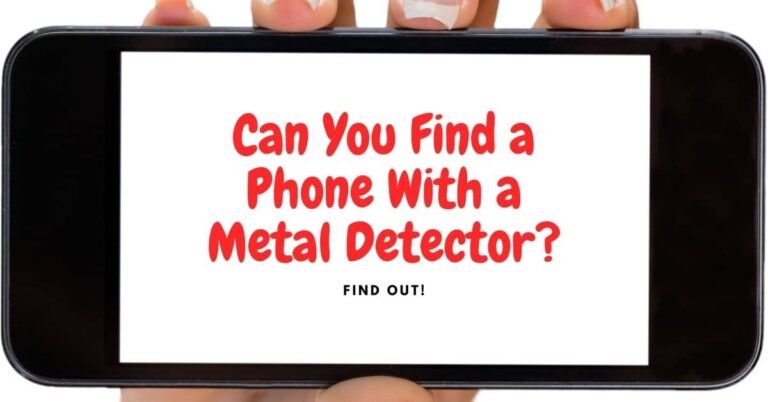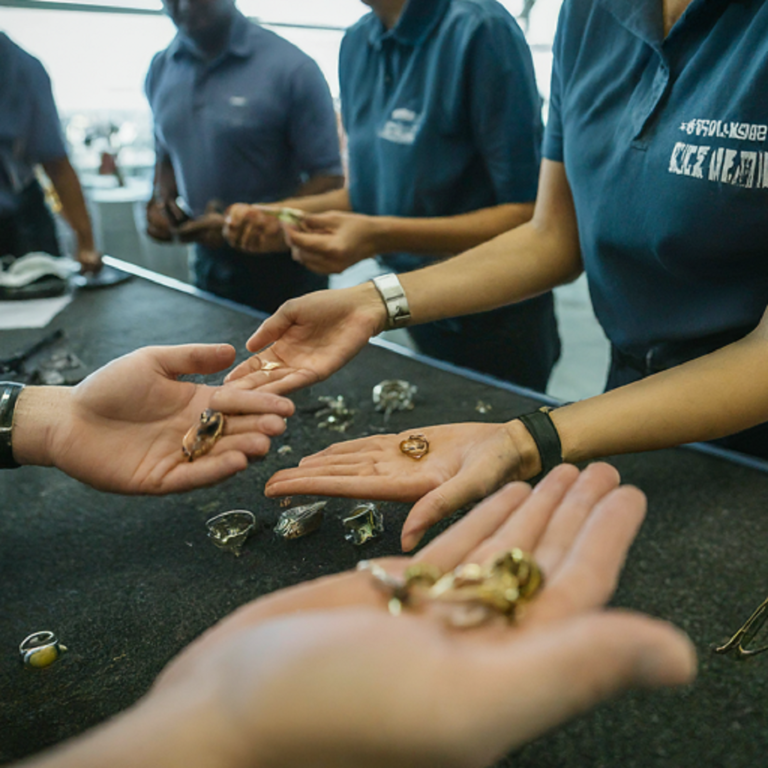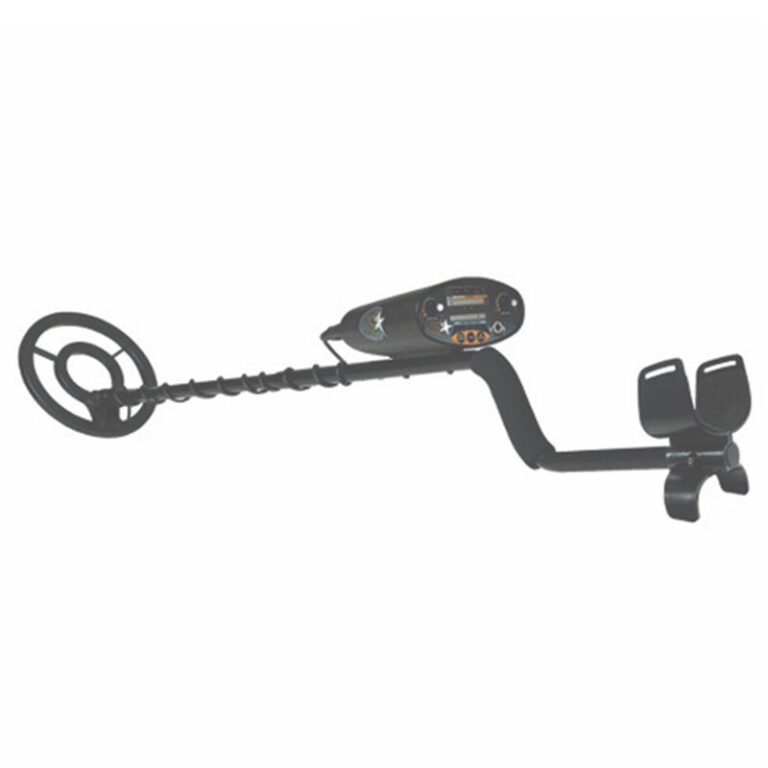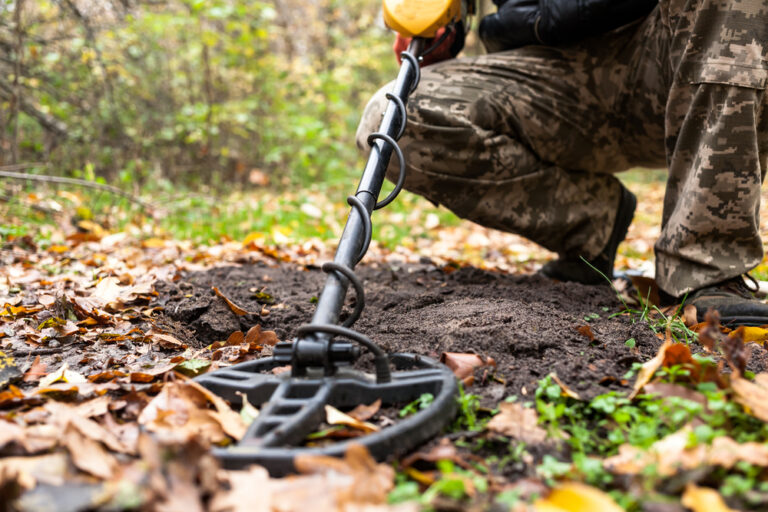What to Know About Metal Detectors
Are you interested in purchasing a metal detector? You may already have one, but you want to learn more about how they work. Metal detectors are a great way to find hidden treasures, whether on the beach or in your backyard.
But before you start your treasure hunt, you should know a few things about metal detectors. First, not all metal detectors are created equal. There are different types of detectors for other purposes.
For example, some detectors are better at finding small objects like coins while others can discover larger objects like jewelry or weapons. It’s important to do your research and determine which type of detector best suits your needs. Second, keep in mind that metal detectors can only detect metallic objects.
This means that if you’re looking for something like a lost piece of jewelry, it must be made of metal for the detector to pick it up. If you’re unsure if an object is made of metal, try testing it with a magnet – if it sticks, then it’s probably made of metal, and the detector can find it. Finally, remember that practice makes perfect when using a metal detector.
Learning to use one effectively takes time and getting comfortable with all the different settings. So don’t get discouraged if you don’t find anything on your first try – keep at it, and eventually, you’ll become a pro!
Metal detectors can be a great way to find hidden treasures, but you should know a few things before you start using them.
Here are a few tips to help you get the most out of your metal detector:
- Know what kind of metal detector you have. There are two main types – pulse induction and VLF. Each type has its strengths and weaknesses, so choosing the right one for your needs is important.
- Don’t forget to ground yourself. Metal detectors can pick up electrical signals from your body, which can interfere with their readings. To avoid this, ensure you’re correctly grounded before using your metal detector.
- Be patient. It takes time and practice to get good at using a metal detector. If you’re not getting the desired results, stick with it and keep practicing!
How to Use a Metal Detector
If you’re new to metal detecting, the process can be daunting. But don’t worry! We’re here to help.
In this blog post, we’ll walk you through everything you need about using a metal detector. First things first: before hunting for treasure, it’s important to ensure your metal detector is properly calibrated. This will ensure that it is sensitive enough to pick up on smaller pieces of metal but not so sensitive that it goes off whenever you move it near something metallic.
Once your detector is calibrated, it’s time to start scanning your desired area. Slowly move the detector back and forth across the ground, being careful not to miss any spots. If the detector beeps or vibrates, that means there’s something buried beneath the surface!
Once you’ve found a potential target, it’s time to start digging. Use a small shovel or trowel to carefully excavate the area around the target until you can see what it is. If it’s something valuable like gold or silver, congratulations!
If not, don’t worry – plenty more treasures are out there waiting to be discovered.
How Does a Metal Detector Work for Gold
When finding gold, a metal detector can be your best friend. But how do these amazing machines work? Let’s look at the science behind metal detectors and how they help us find those elusive golden nuggets!
Metal detectors work by sending out an electromagnetic field. When this field comes into contact with a metallic object, it causes a disturbance in the field which is then detected by the machine. The object’s size, shape, and conductivity will all affect how strongly the signal is sent back to the detector.
Gold is an excellent conductor of electricity, which makes it ideal for detecting with a metal detector. This property makes gold easier to detect than other metals. However, a few things can make finding gold more complex, such as if it’s buried deep in the ground or if there’s mineralization present in the soil.
Despite these challenges, using a metal detector is still one of the best ways to find gold. You can learn how to read your machine and eventually strike pay dirt with practice and patience!
Types of Metal Detectors
A metal detector is an electronic instrument that detects the presence of metal nearby. There are four main types of metal detectors: hand-held, walk-through, vehicle-mounted, and industrial. Hand-held detectors are small and portable, ideal for public places such as parks and beaches.
They can scan for metal objects hidden in clothing or luggage. Walk-through detectors are larger and more powerful than hand-held units, making them suitable for airports and other security checkpoints. Vehicle-mounted detectors are used to scan vehicles for concealed weapons or explosives.
Industrial metal detectors are used in factories and warehouses to detect ferrous (iron-containing) metals in products on conveyor belts. Each type of metal detector has its advantages and disadvantages. For example, hand-held units are less likely to miss small objects than walk-through units, but they can be more challenging to use if there is a lot of background noise (such as from waves crashing on a beach).
Vehicle-mounted detectors may be less effective at detecting smaller objects than hand-held or walk-through units, but they can quickly cover a larger area. Industrial units can detect tiny pieces of metal that other types of detectors might miss, but they require regular maintenance and calibration to ensure accuracy.
How Does a Metal Detector Work Physics
A metal detector is an instrument used to detect the presence of metal in a nearby object. Metal detectors are commonly used in security and construction applications but can also be used for other purposes, such as finding lost coins or jewelry. How does a metal detector work?
A metal detector uses a magnetic field to detect the presence of metals. The magnetic field is generated by an electromagnet, an electric coil that produces a magnetic field when electricity flows through it. The magnetic field’s strength depends on the coil’s number of turns and the current flowing through it.
When a metal object enters the magnetic field, it disturbs the field and causes a change in the current flowing through the coil. This change is detected by circuitry in the metal detector, which then triggers an alarm or other signal. Depending on the design of the metal detector, different metals can produce different signals, allowing operators to distinguish between them.
Metal detectors are not 100% accurate, and they can be fooled by objects that are not made of metal or that do not conduct electricity well (such as aluminum foil). However, they are still helpful for many applications with sufficient accuracy.
What Metals Cannot Detect Metal Detectors?
There are a few different types of metals that metal detectors cannot detect. These include:
- Non-ferrous metals – Metals such as aluminum, brass, and copper. They are not attracted to magnets and cannot be detected by magnetic metal detectors.
- Stainless steel – This type of steel contains chromium, making it resistant to rust and corrosion. It is also non-magnetic, so magnetic metal detectors cannot detect it.
- Titanium is a robust and lightweight metal often used in aerospace engineering. It is also non-magnetic and cannot be detected by magnetic metal detectors.
- Tungsten is a very dense metal with a high melting point.
How Do You Use a Metal Detector for Beginners?
If you’re new to metal detecting, the process may seem daunting. But don’t worry – we’re here to help! In this blog post, we’ll walk you through everything you need to know about using a metal detector, from its basics to more advanced tips and tricks.
So let’s get started. The first thing you need to do is choose the right metal detector for your needs. There are many different types and models on the market, so it’s essential to research before purchasing.
Once you’ve got your metal detector, it’s time to start exploring! The best way to learn how to use your metal detector is by practicing in an area with many targets. An excellent place to start is an old park or playground with plenty of objects for your detector to find.
As you become more experienced, you can start venturing into more challenging areas like beaches or woods. Once you’ve found a target, it’s time to start digging! Always dig carefully and slowly – if you damage the object, it will be much more complicated (or even impossible) to identify what it is.
Use a small trowel or spade; if not, use your hands. Once you’ve dug up your target, look at it and see if you can identify it. If not, don’t worry – that’s part of the fun!
Please put it in your finds bag and move on to the next one. You’ll gradually become more skilled at finding hidden treasures as you continue practicing with your metal detector. Soon enough, you’ll be an expert yourself!
What Will Throw Off a Metal Detector?
A few things will make a metal detector go off, even if there’s no metal present. Here are a few examples:
- Electromagnetic interference can come from power lines, cell phones, or other electronic devices. If you’re near one of these when trying to use your metal detector, it can cause false positives.
- Metal deposits in the ground: Certain types of rocks and soil can contain small amounts of metals like iron or copper. These can cause your detector to go off even if no metal object is present.
- Moisture: If your detector is getting wet, that moisture can conduct electricity and cause the machine to think there’s metal nearby when there isn’t. Keep your detector dry if you want it to work correctly.
- Salt: Like moisture, salt can also conduct electricity and trigger false positives on a metal detector.
So if you’re detecting near the ocean or in an area with salt deposits in the ground, keep this in mind.
What is the Best Thing Ever Found With a Metal Detector?
This is a difficult question to answer as there are so many possibilities. It depends on what you are looking for and what you consider the best thing ever found. However, some of the most popular items people look for with metal detectors include coins, jewelry, watches, and other precious metals.
Some of the most impressive finds with metal detectors have included old coins, pieces of jewelry, and even whole treasure chests full of valuable items. In 2014, a man in England found a rare Roman coin worth over $10,000 while walking his dog with a metal detector. The following year, another man in Scotland uncovered an incredible haul of Viking treasure worth an estimated $1 million.
These are just a few examples of the fantastic things that can be found using this simple tool. Of course, not every find will be so valuable or exciting. But even minor items like coins or keys can hold sentimental value and be treasured by their owners.
So, whatever you may consider to be the best thing ever found with a metal detector, remember that it is ultimately up to you!
Conclusion
Metal detectors can be an excellent tool for finding hidden treasures, but you should know a few things before you start using them. First, ensure you have permission to use the metal detector on the property you’ll be searching. Second, be aware of your surroundings and pay attention to any hazards that might be present.
Finally, remember to respect private property and only dig if you’re sure there’s something valuable buried there. With these guidelines in mind, you’re ready to start enjoying the hobby of metal detecting!

